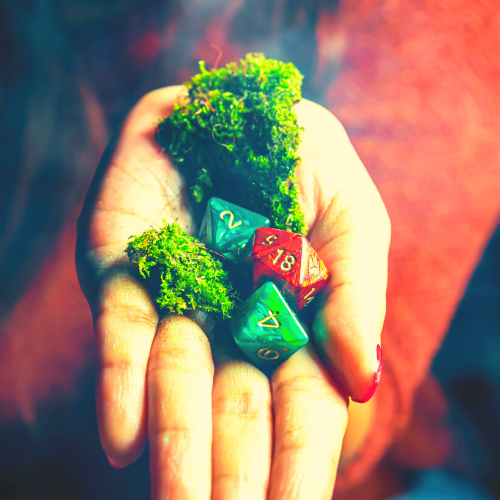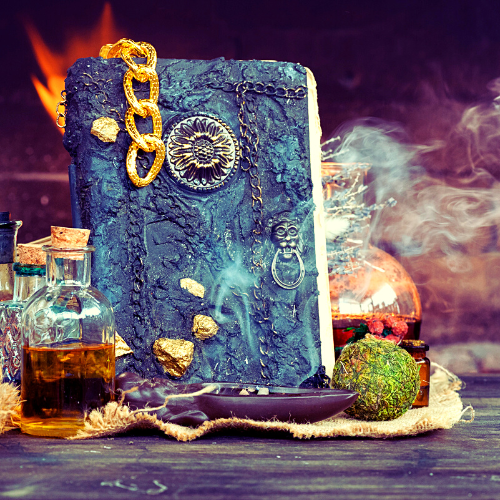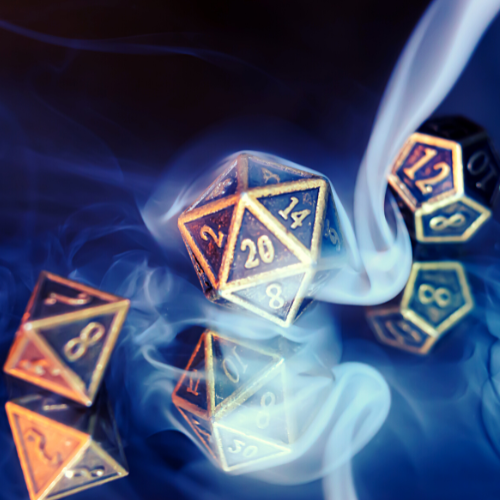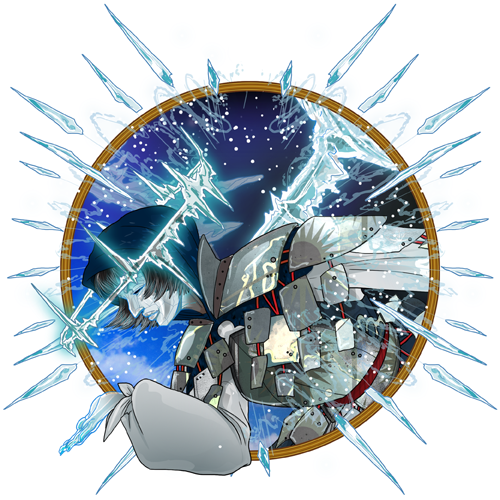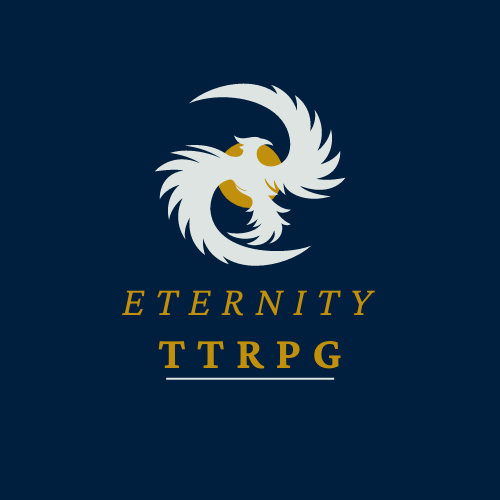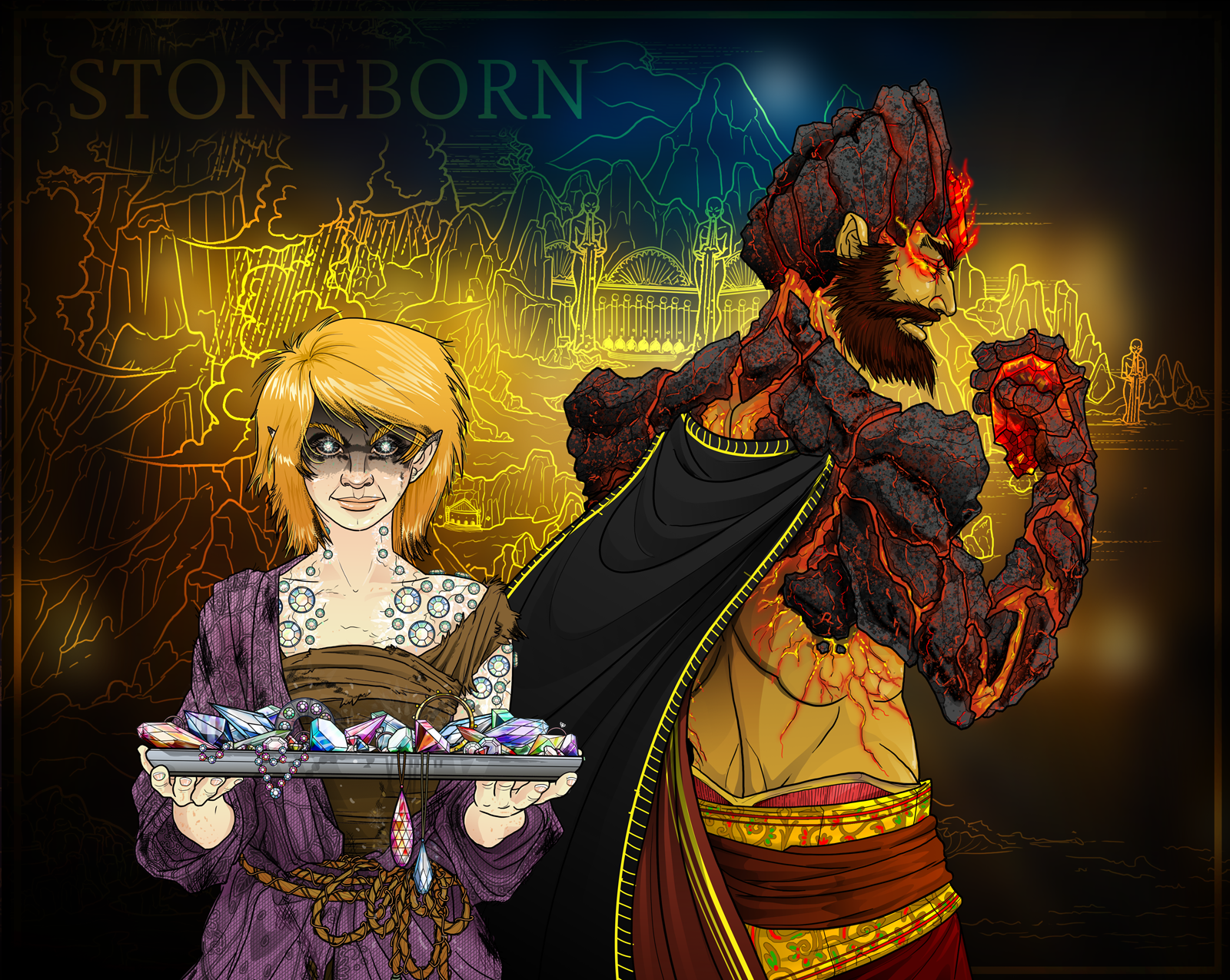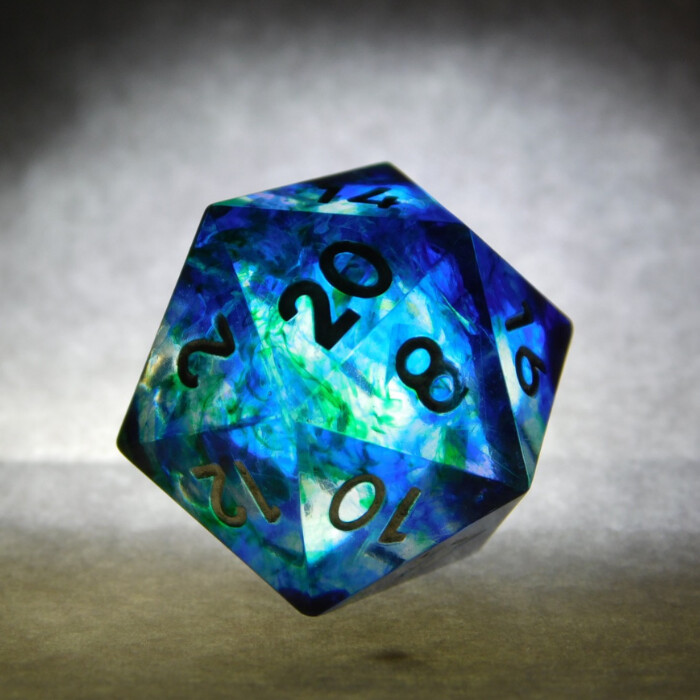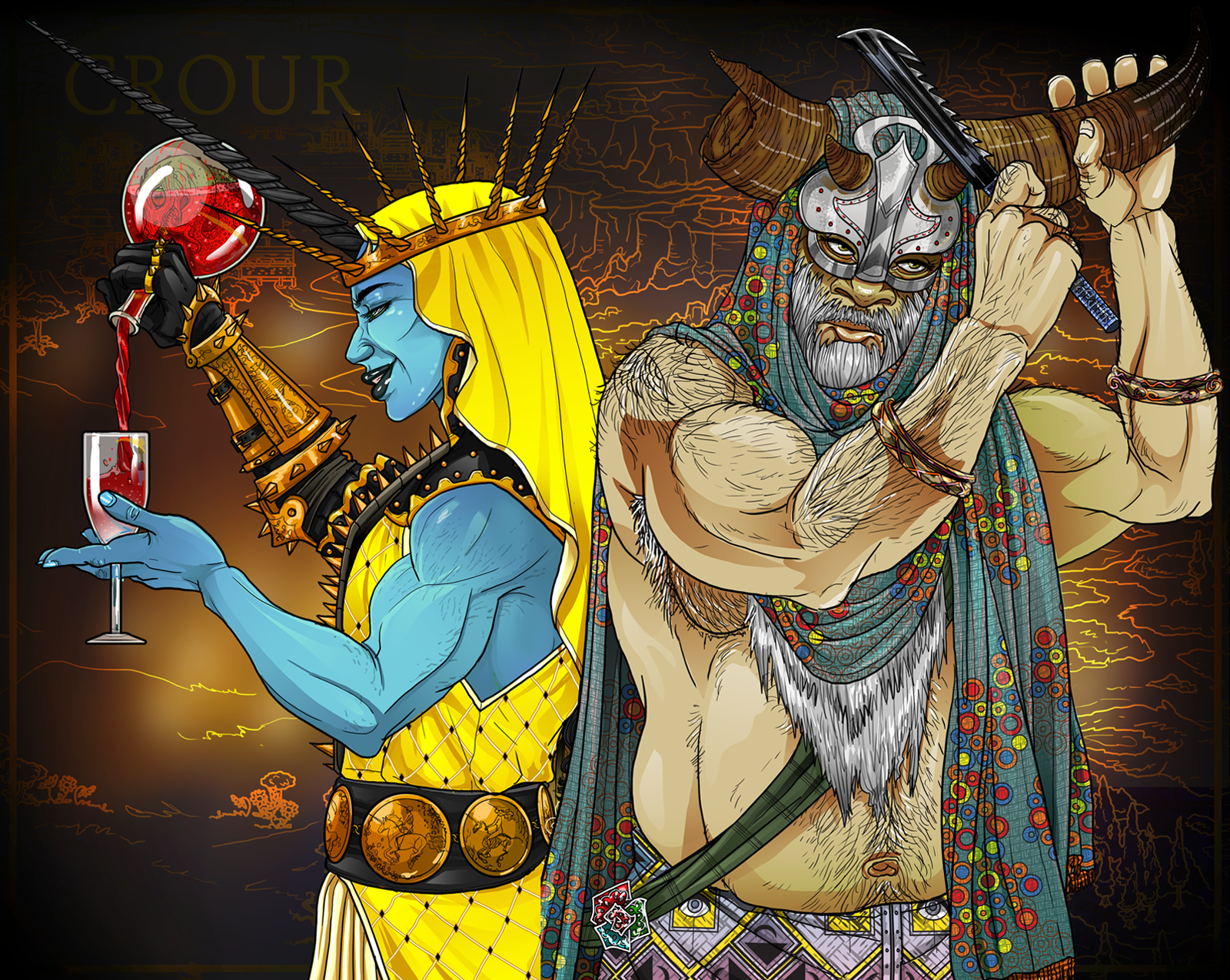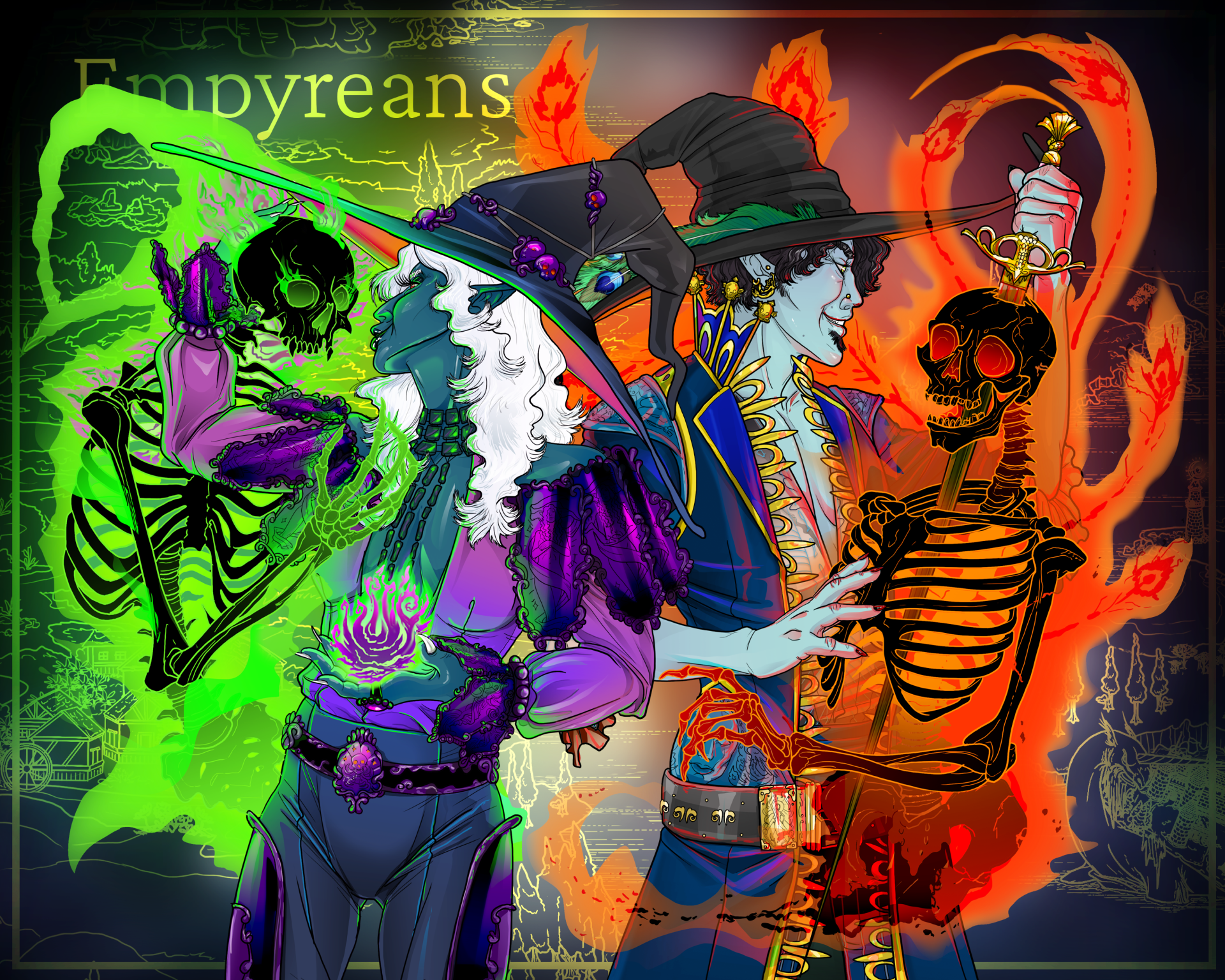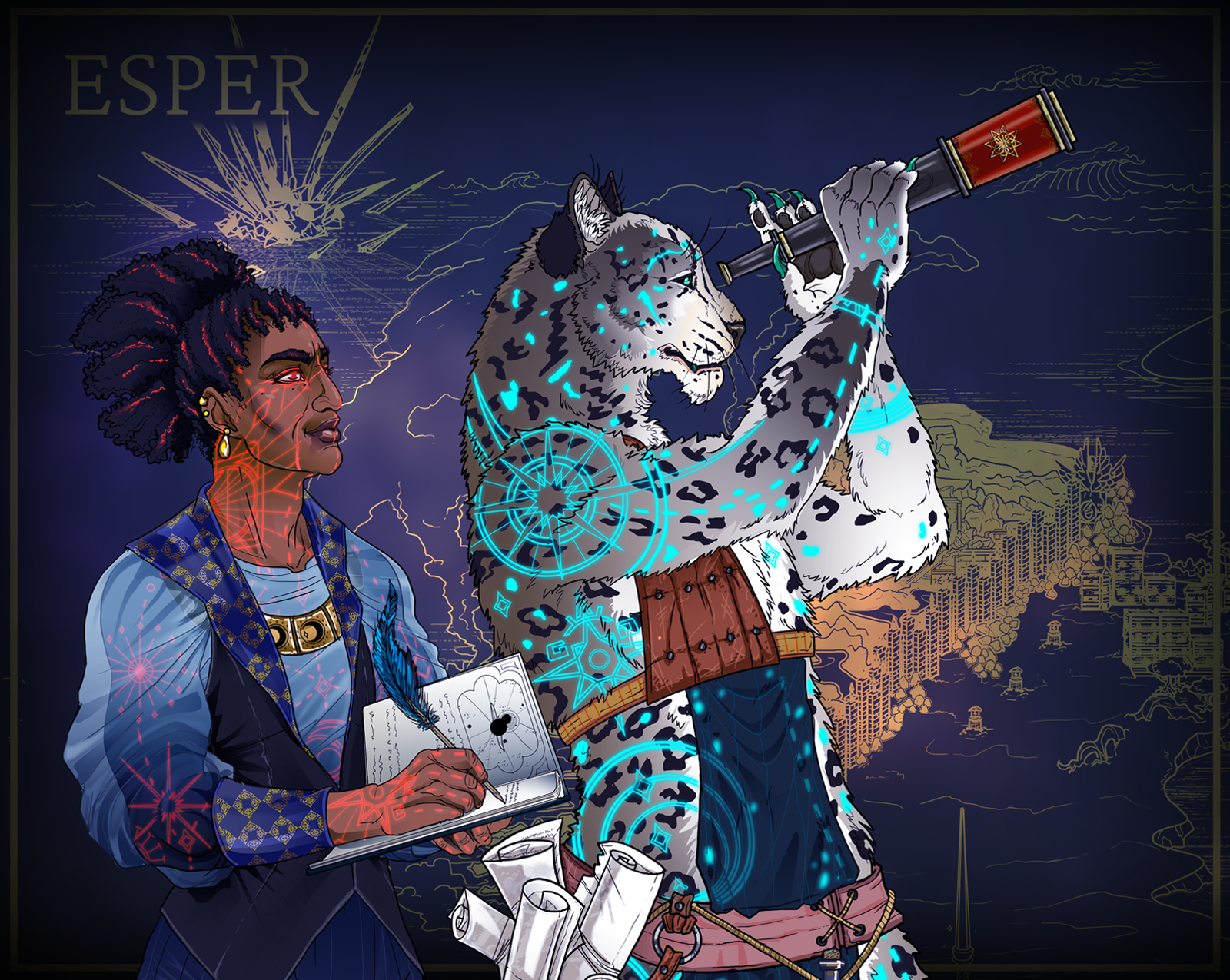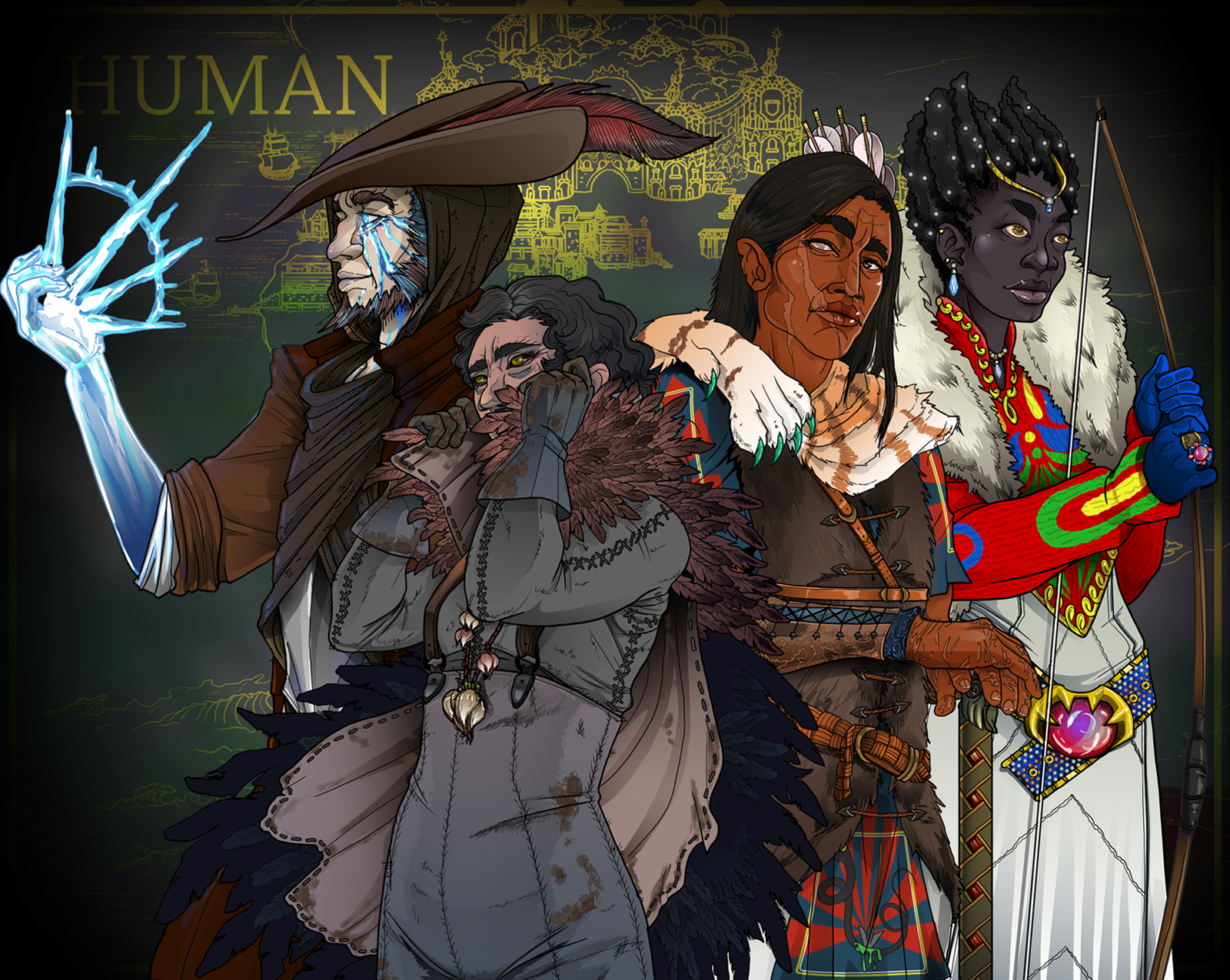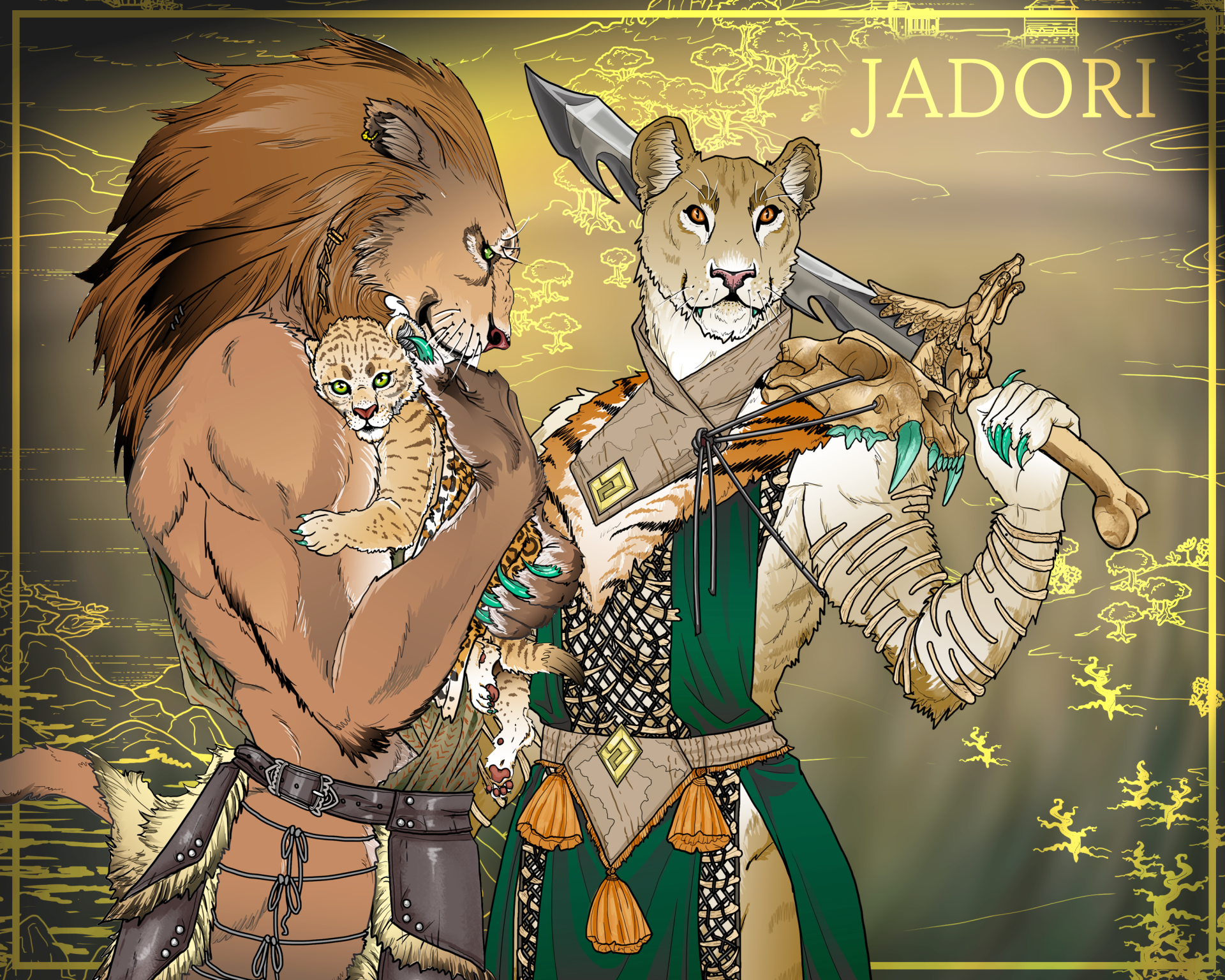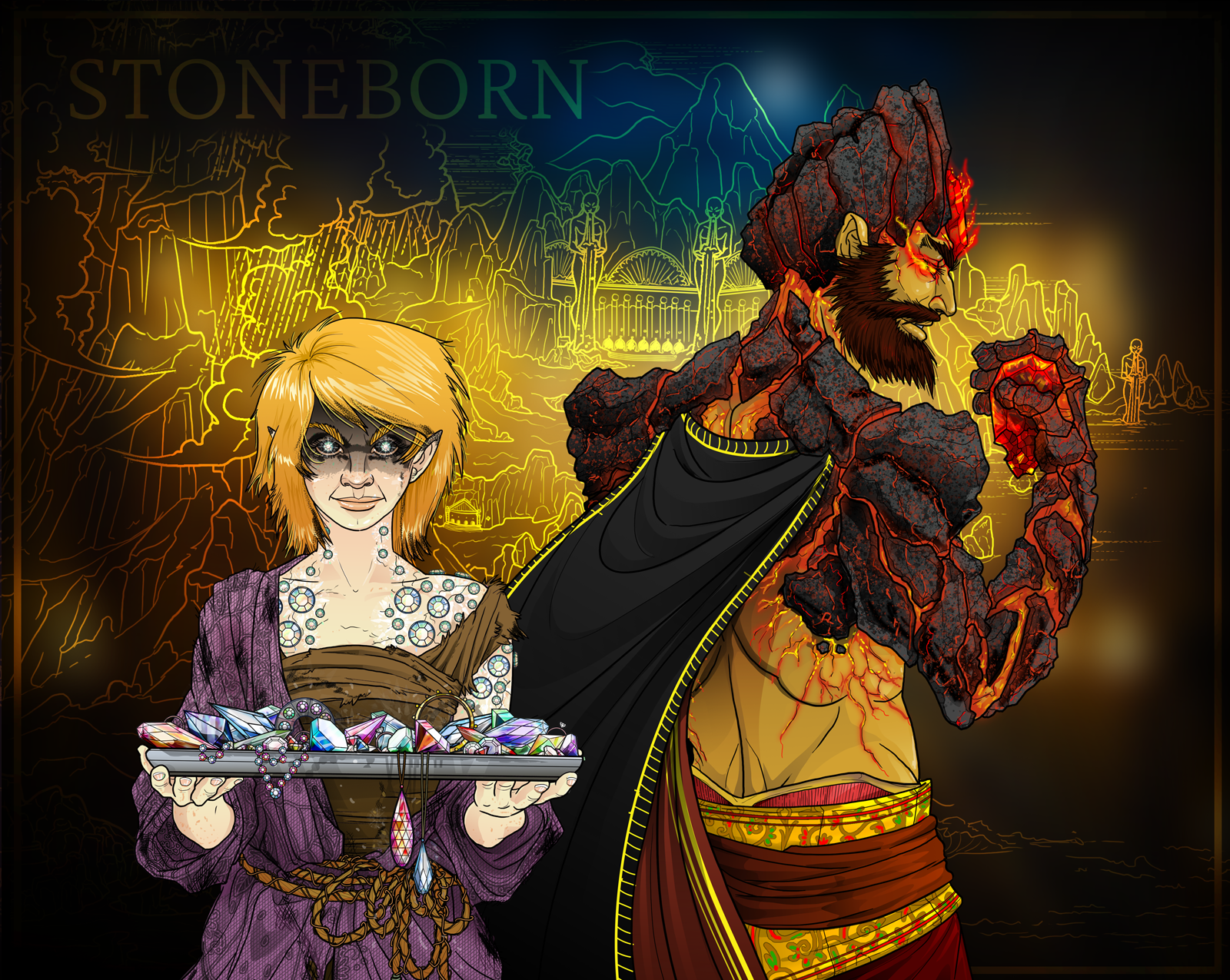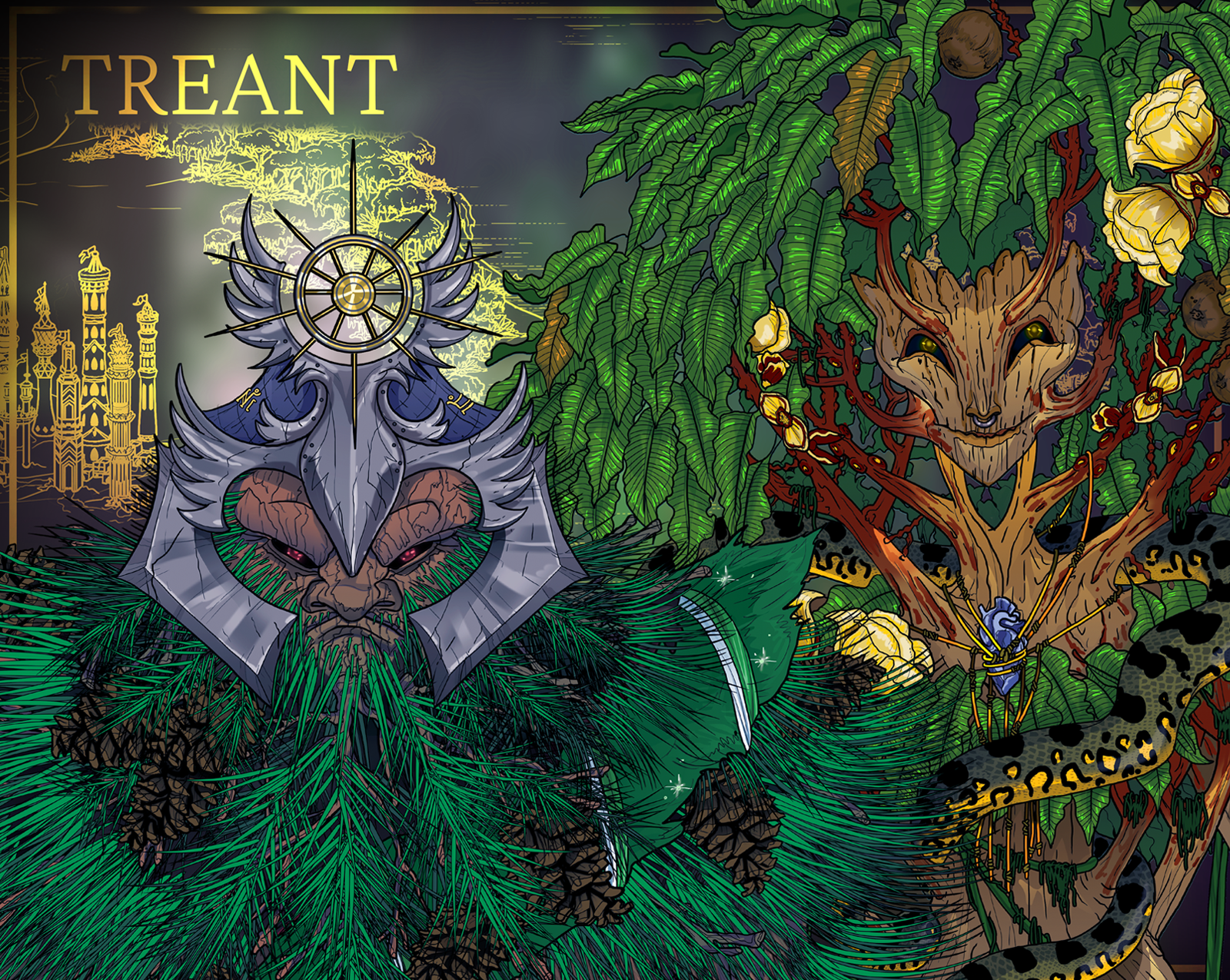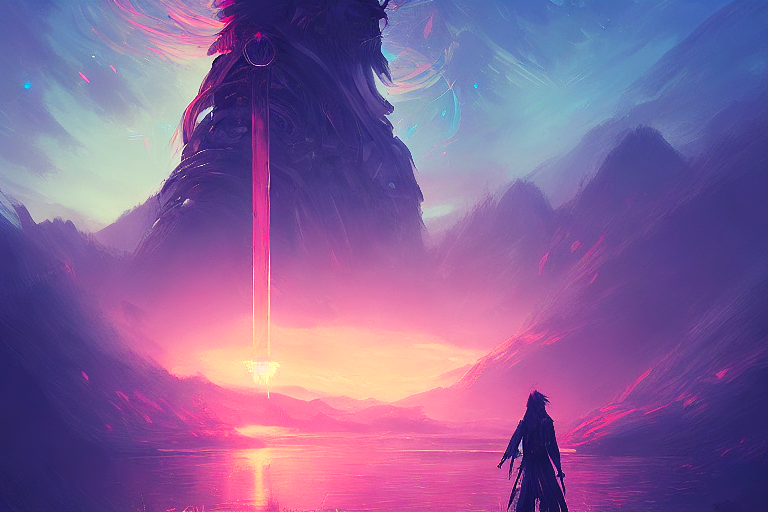
Eternity TTRPG
The best TTRPG resources. Eternity TTRPG is also its own independent tabletop roleplaying game.
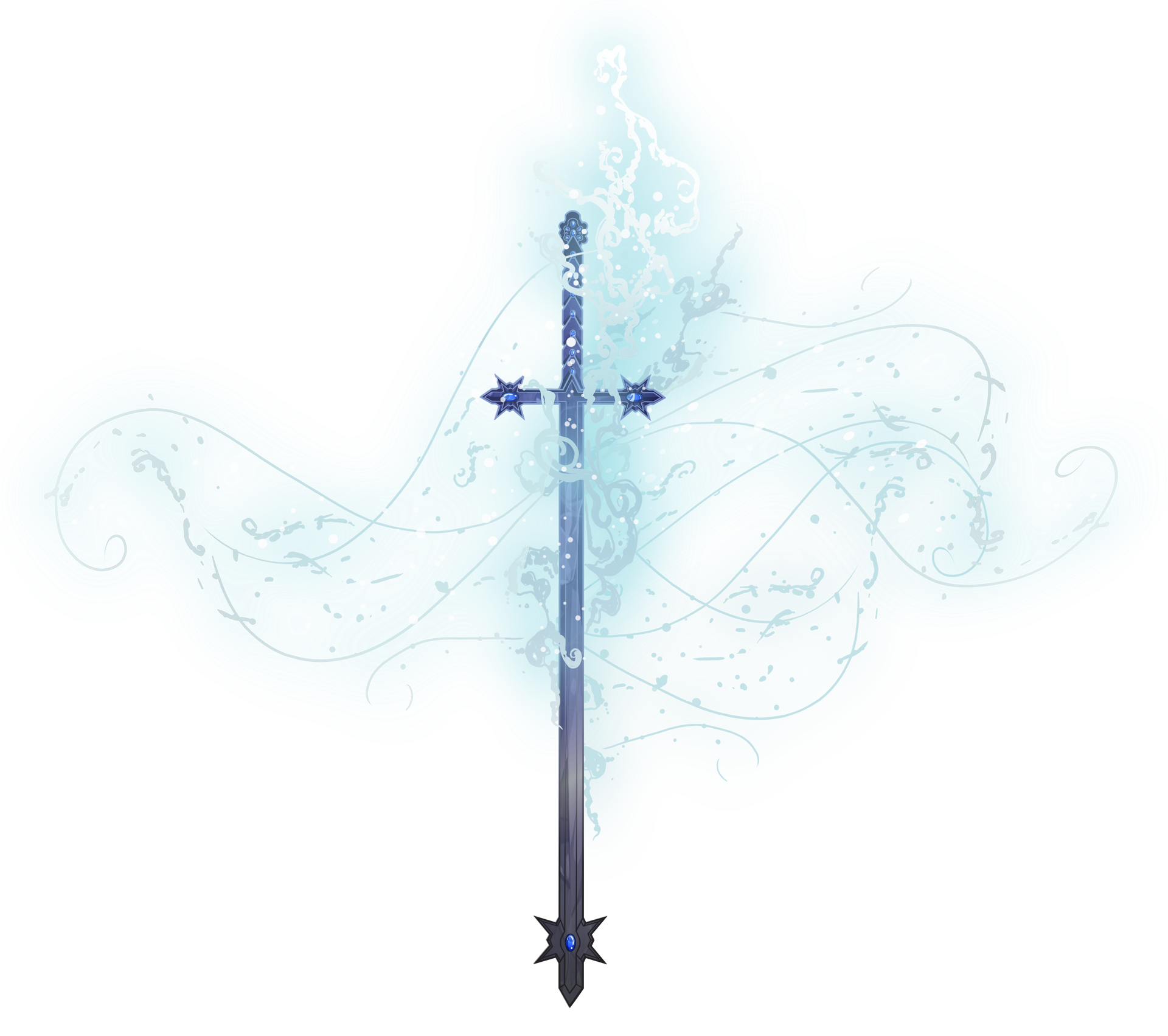
The Web's Best TTRPG Resources
If you're a TTRPG enthusiast, Eternity TTRPG is for you. We've compiled some of the best available TTRPG resources to make your games more consistent, more fun, and full of magic.
GM Tools
Check out our comprehensive hub page for items and ideas beneficial for your next adventure or campaign.
DnD Gifts
Our ultimate DnD Gifts guide covers everything from minis to game maps, and cookbooks to clothing.
DnD Dice
Haven't you always wanted THE best DnD dice out there? Well, of course they don't exist... Or do they?
TTRPG Reviews
Looking for a tabletop RPG to try out other than D&D? Good news - there are hundreds. And we've reviewed dozens of the best.
What Is Eternity TTRPG?
Eternity TTRPG is the website that features both the tabletop RPG I’ve created (Eternity TTRPG), as well as articles and resources for other tabletop roleplaying games (TTRPGs).
Summoners are believed to derive their powers from 'Summoner's Trinkets,' artifacts passed on through their tribes. Espers - such as Nyxx - are particularly potent at summoning, given their connection to celestial pathways (as seen on their body's runes). Esper summoners are even known to go through the portals they create, sometimes never to be seen again.
Why Play Eternity TTRPG
Thinking about trying out a new TTRPG? You need a game that's fun, easy-to-learn, and has depth to it that'll keep you up at night exploring new options.
Learn as You Play
Don't worry about reading through a rulebook for hours on end before you can play. We've got you covered.
Simplicity & Depth
The game is played with a single d20. However, there are thousands of options for how to play each character.
GM & Roleplay
Try playing a tabletop RPG that doesn't require the roles of "game master," or "player." You can do both.
Multiple GMs
Groups that co-create game worlds and campaign arcs are more creative. Play a game that encourages this.
Tactics & Options
Experience 9-races and 16-classes in the core rulebook, with over 1,000-unique spell and ability effects.
Unique Lore
Eternity TTRPG comes complete with a rich and established world lore you can use in your campaigns.
Explore Eternity TTRPG
You've been thinking about trying a new game for a long time. D&D isn't the only great tabletop RPG out there, after all. Go ahead, you're only one click away from exploring a brand new fantasy world.
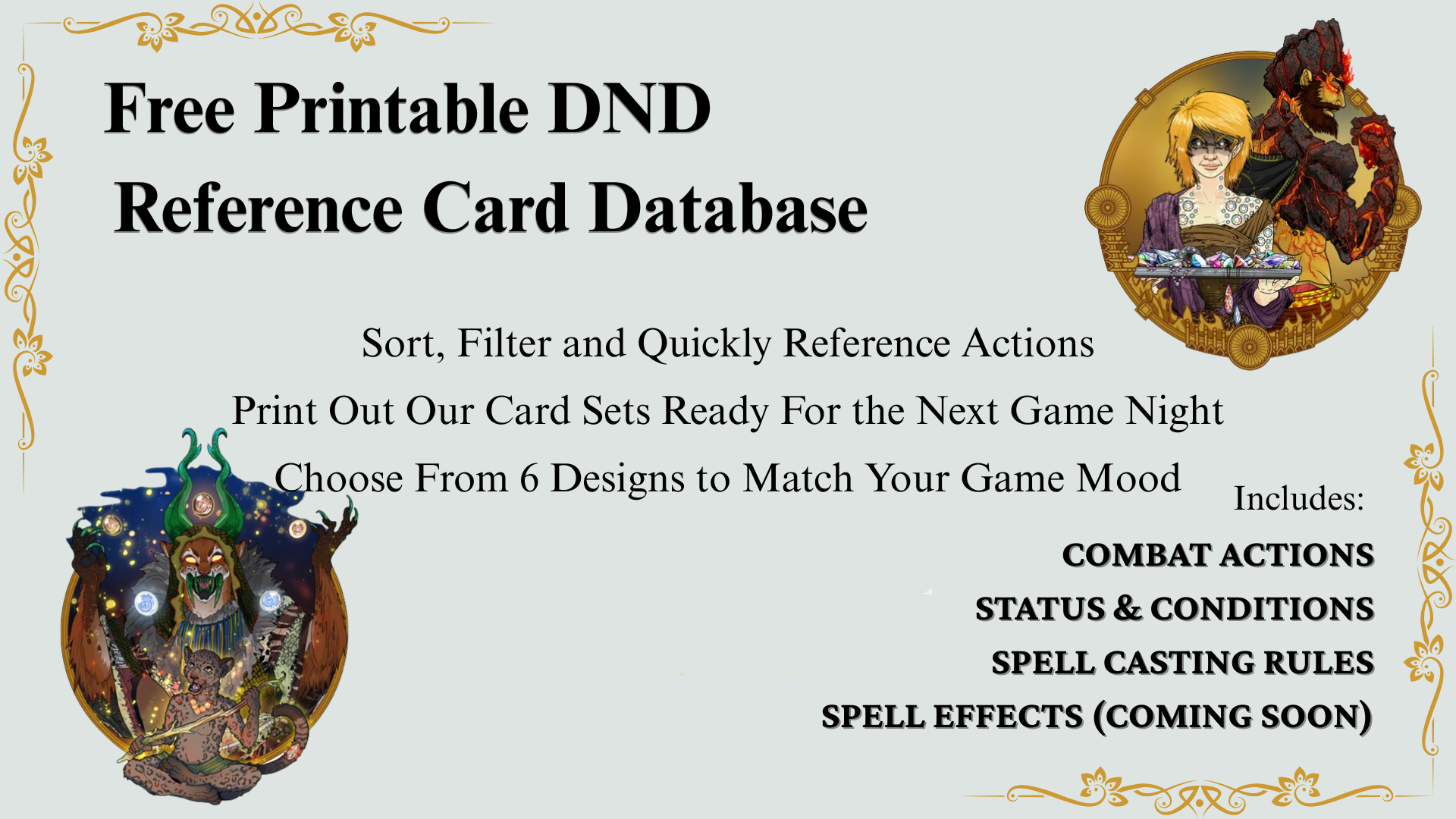
Latest TTRPG Articles
Read the web's best TTRPG-related blog articles. Topics range from starting your first D&D campaign, to D&D spells, and even to sample dungeon rooms you can use in your next adventure or campaign.
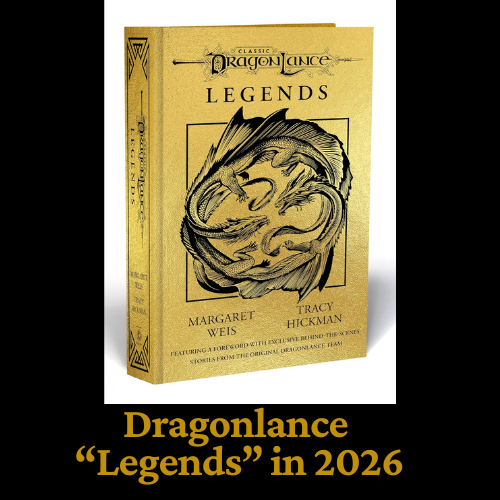
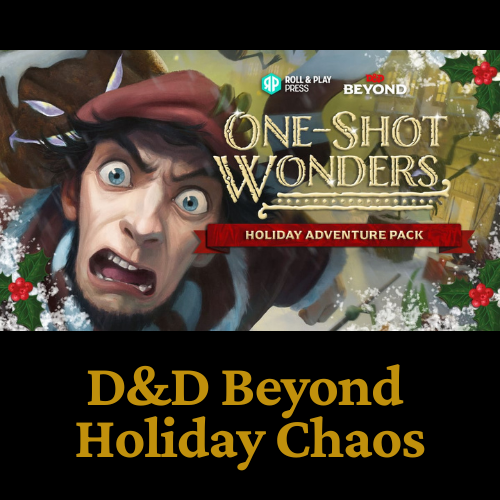
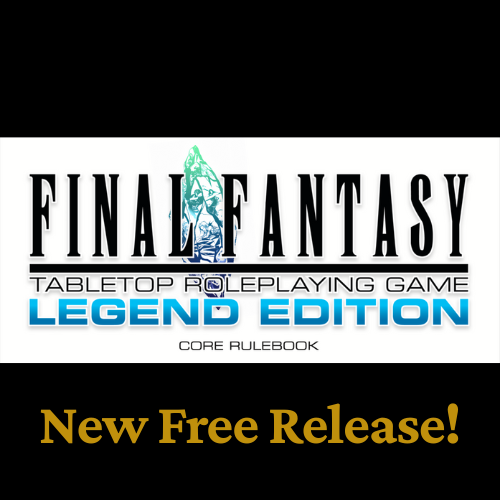



Eternity TTRPG Resources
If you're looking for a new tabletop game to play, Eternity TTRPG is more than just a website. You can actually play the game we've created. Whether you want to learn more about Eternity, or jump into one of our many online tools, we've got you covered.
Explore Eternity
Eternity TTRPG is more than just a tabletop RPG website. It's also the game we've created, and you can see what makes it unique.
Initiative Tracker
This online initiative tracker allows you to quickly and easily determine whose turn it is, when playing Eternity TTRPG.
Character Builder
This online character builder allows you to automatically calculate stats based on race, class, items, and more.
Class Quiz
Interested in playing Eternity TTRPG but not sure where to start? Take this online class quiz, and go from there!
Eternity TTRPG Top Sellers
Visit our online store to see the Eternity TTRPG tabletop game, purchase downloadable maps for any online TTRPG client (such as Roll20), find artisan dice in numerous types and styles, and much more.
Artwork from Eternity TTRPG
See Katie Casetta's artwork from Eternity TTRPG. All of Katie's work is available for purchase from the Eternity TTRPG shop. Support real artists and non-AI art to keep unique and imaginative fantasy art alive. You can also see more of Katie's artwork throughout the Eternity site's main pages.
Dungeon A Day
We are excited to share with you that the Eternity TTRPG site is now home to: Dungeon A Day.
Need some fresh ideas to use with your ongoing campaign? Dungeon A Day works with any tabletop RPG system.
Check back each day for a brand new dungeon room. Over time, individual rooms add up, creating a massive, mega-dungeon.
(Please note that Dungeon a Day is currently on hold as we redesign the Eternity TTRPG website.)


